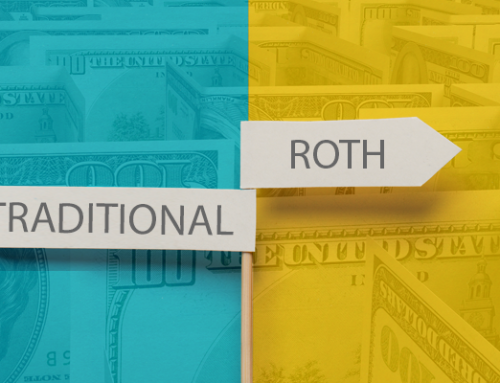At this time of the year, giving is a high priority for many people. At the same time, tax planning is figuring large in many people’s minds as well. Fortunately there are many ways in which gift giving also can be beneficial for tax purposes.
A very simple way to reduce potential estate taxes at death is to give gifts during life. This gets assets, and their future appreciation as well, out of your estate. The gift tax annual exclusion for 2016 is $14,000, which means that you can give up to $14,000 each to as many individuals as you wish without using any of your $5.45 million lifetime estate and gift exemption. Those gifts don’t even have to reported, although you might wish to do so if you give a hard-to-value asset and want to establish that value with the IRS. Gifts are not considered income to their recipients, either.
If $14,000 doesn’t seem like much compared with the $5.45 million exemption, think about this scenario. A person with 4 children and 11 grandchildren gives $14,000 each to all 15 of his descendants annually. That is $210,000 per year in non-reportable gifts. If this person is married and elects gift splitting, in which each spouse reports half of the gift, then he can get $420,000 out his estate annually. In thirteen years he will have given away an amount equal to the $5.45 million lifetime exemption without reducing the exemption at all.
The $14,000 annual exclusion applies to gifts to any individual. There is no limit on the number of individuals to whom gifts can be given and no requirement regarding the relationship of that individual to the donor. Gifts to friends as well as family can help to reduce the size of an estate and reduce potential estate taxes. For the benefit of the young ones in your life, a UTMA (Uniform Transfers to Minors Act) account or a contribution to a 529 plan can help to ensure that gifts don’t get squandered. Virginia residents who contribute to a 529 plan enjoy a state tax deduction also. In addition, payments made directly to providers for medical or educational expenses are not reportable gifts and are not subject to the $14,000 limit.
If you are interested in giving to a charity, that is even better for your tax bill. A contribution to a 501(c)(3) charity can help to reduce your current income tax burden as well as reducing a future estate. The deduction is only available if you itemize, and is limited to 50% of your adjusted gross income (AGI), with a 30% limit for non-cash gifts, but can be carried forward up to five years. A gift of appreciated publicly traded stock can be deducted at fair market value, thus avoiding tax on the gain that would have been recognized if you sold the stock and donated the proceeds. Don’t forget to get an acknowledgement from the charity and keep it for documentation.
If you are over 70 ½, then you have an even better option. A transfer directly from your retirement account to a charity can be excluded from income. This is even better than a deduction, because it reduces AGI, thus reducing the basis for certain phase-outs and limitations on other deductions, such as medical and investment management expenses. And the transfer counts towards your required minimum distribution. For a person whose social security is taxed because of having to take an RMD, this can be an immensely helpful tool.
There is still a little time to round out that list and make gifts, both charitable and personal, before the end of 2016. We’re happy to help with any questions you have. Then make your new year’s resolution to discuss tax saving gifting strategies with your trusted PBMares advisors.





